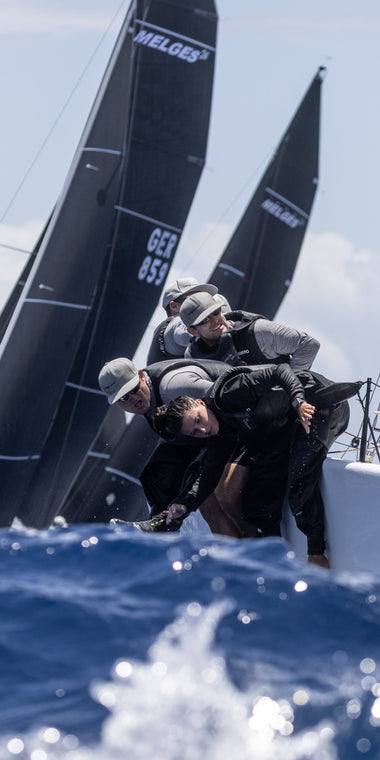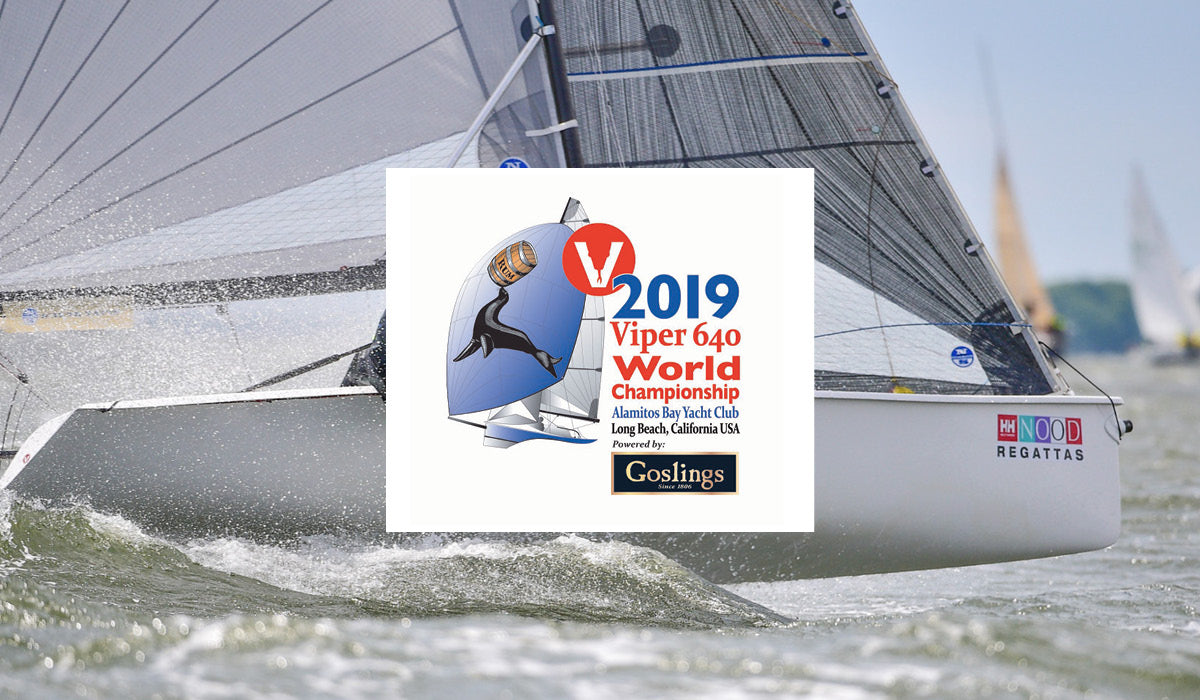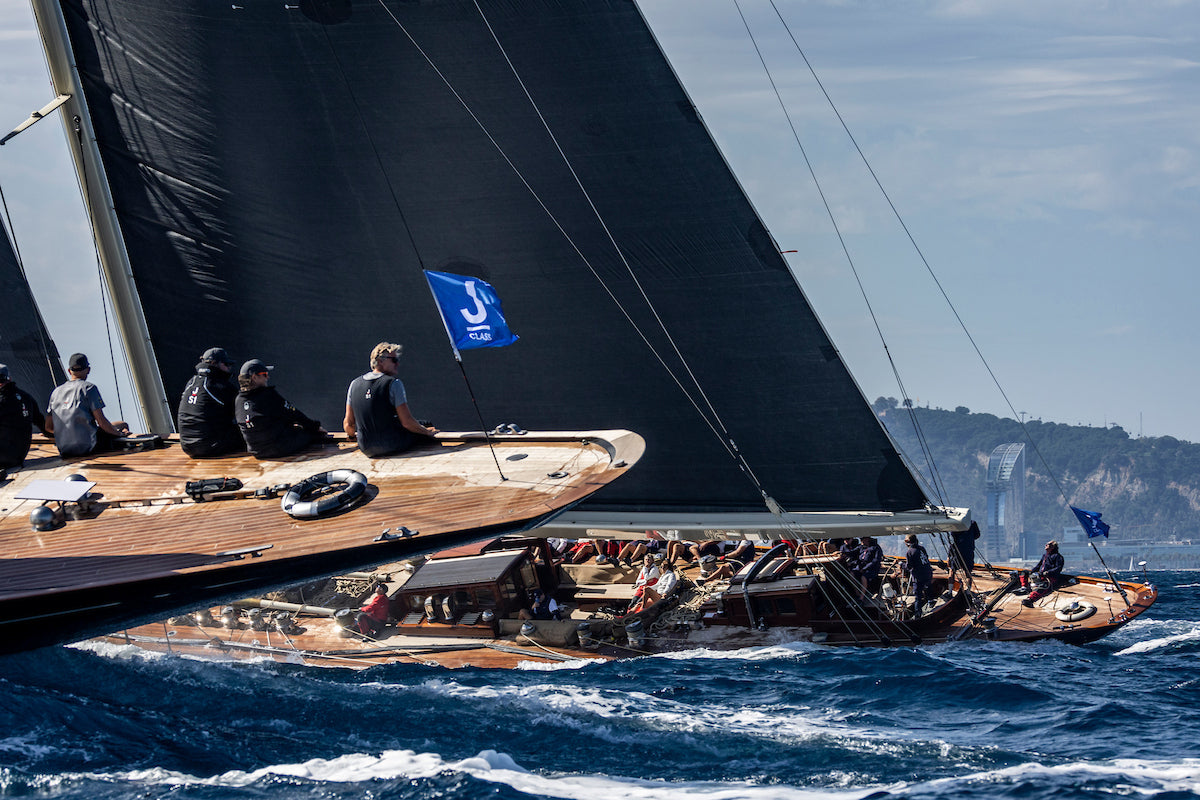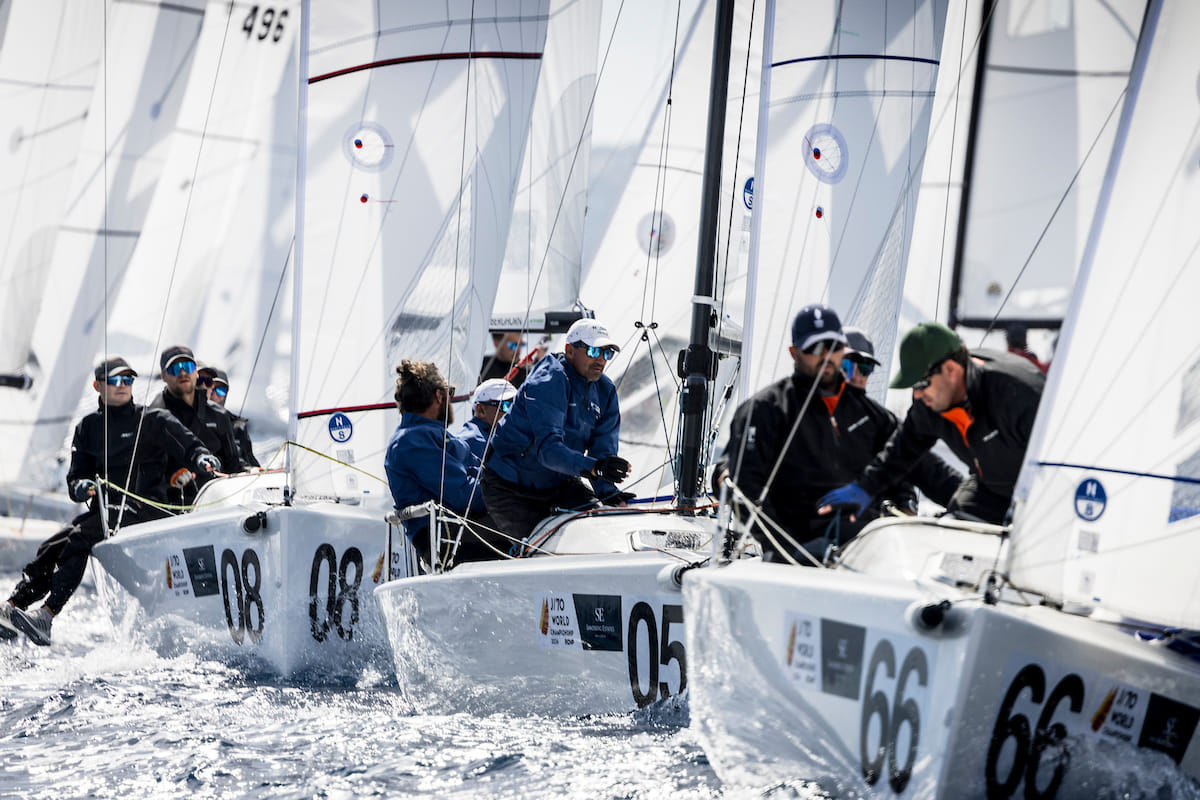VIPER 640 WORLDS: LOCAL KNOWLEDGE BY ALEX CURTISS
LONG BEACH LOCAL KNOWLEDGE
What To Expect For The 2019 Viper 640 World Championship

Long Beach is hands down the best place to race sailboats in Southern California. With sunny skies, warm temperatures and consistent breeze, the 2019 Viper 640 Worlds should be a spectacular event. We spoke with North Sails expert and local Alex Curtiss to learn what sailors should expect when they leave the dock.
What will the breeze be like?
For the most part Southern California breeze is very predictable, but the morning marine layer will tell you a lot about what to expect on a given day. For example, if you wake up in the morning, and it is very overcast, maybe even a little hint of mist is in the air: expect lighter winds for the afternoon. If you wake up and it is a beautiful sunny day, I would imagine that it will be a typical Long Beach Day.
What is a “Typical” Long Beach day?
Essentially there are three sections to the breeze. Usually just before noon the breeze will be somewhere between 190-210 degrees. This will also mean the breeze is relatively light (5-8 knots). Then the breeze will trend to the right. A lot of times the second race is sailed in a breeze direction between 215-235 degrees, with velocity gradually picking up. Then by about 2:30 pm or 3:00 you could expect the breeze to progress further to the right (240-255 degrees). The velocity will be 15+knots and beautiful.
What are some things to look for to see the trend?
I like to pay attention to the marine layer, the clouds and the haze-line. More often than not, the cloudier it is, the more the breeze will stay to the left. The sunnier it is, the more the breeze wants to move right.
Another thing I pay attention to is the clouds inland over the mountains. If you see big towering clouds in the backdrop of the race course, that means the conveyor belt is going and expect a strong sea breeze in the afternoon. The last thing I pay attention to is the haze line offshore. The angle of the haze-line will tell you how the pressure is filling across the course. Sometimes the haze-line late in the day can run parallel to the port lay line forcing a left twist in the breeze near the top of the course.
What to expect from the different courses?
The NOR calls for three courses:
Course A is the “traditional” ocean course. Everything that was outlined in the previous comments hold true to race track. If there was one thing I would say is when the breeze goes past the 240 mark, the race to the right is real. Getting to the break-wall first with leverage will generally lead to good scores.
Course B is what I call the “Seal Beach” course. A lot of times the water is a little more chopped up due to being so close to shore. Waves will bounce off the beach and then wash together with the incoming swell, so speed is of major importance on this track. There also seems to be a little more left twist in the breeze down there as well, but there are probably more shifts to be played than course A.
Course C is probably my favorite of the three courses. This course is inside the breakwater, so flat water in the mornings and a bit of chop when it gets breezy. It is a bit more college style due to the oil islands, and how they affect pressure and shift. There isn’t a lot of rhyme or reason too much inside, but I would pay attention to the haze line angle if they set a course up near the breakwater.
What about Tide or Current?
Since you are in the ocean, there is really always current going down coast. There is really no relief but keep it in mind approaching marks and laylines.
Favorite Post-Sailing Nosh spots?
You can’t go wrong with the beers and food at Ballast Point Brewing company across from ABYC. Also anywhere on 2nd street is a great place to chill out and debrief with the team.




























